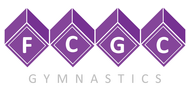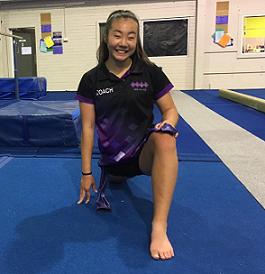|
This is one part of training that is too often neglected, forgotten or avoided. It takes time and is often uncomfortable... yett should never be painful. Of course I am talking about stretching!
I feel like there are 3 types of people when it comes to stretching and flexibility training: Person 1. Loves it! Person 2. It's Ok I guess Person 3. Really REALLY doesn't like it. We all have different natural ranges of movement, which is going to heavily impact on this outcome. The problem is that no matter what your opinion on stretching is, your attitude could be effecting your likely hood of injury. If you are naturally very flexible and find stretching easy, there is a chance you could over stretch and injure yourself because you don't feel the stretching sensation like somebody else might. Alternatively if you truly dislike stretching you could be susceptible to injury through lack of stretching, lazy stretching or through a forced/strained range of movement. The most common injury points I have witnessed occur through the hips or hip flexor region, back of the legs through the hamstring or sciatic nerve or also commonly through the shoulder in one of the many rotator cuff muscles. A strain will occur if a muscle, tendon or ligament is torn. This could occur from holding a stretch position for too long, progressing too quickly, inadequate positioning while in the stretch or bouncing in a stretch. There are 2 main types of stretching. Passive Stretching which involves holding a position over a long period of time with zero or limited movement. Active or Dynamic Stretching which involves a large range of movement through out a stretch (think lunge walks or needle kicks). Both have their benefits, but doing one completely on it's own in a training schedule will only get you so far! I'm going to outline a very basic stretching routine structure for you all:
- Having a light stretch after getting out of a hot shower as the water will of raised your muscles temperature which will make it more receptive to stretching. - Practicing a few stretches daily each time you wake up from bed. Don't expect to be doing walk overs first thing in the morning, but practicing simple stretches and joint articulation will really benefit you and the rest of your day. Stretching is super important to maintain your over all health whether you partake in gymnastics or not. However if you partake in gymnastics it should be a priority of yours to not only maintain but progress your skills! Do you have any stretching goals for 2019? Share them with us, we would love to know! Signing off for now, Coach Maygan.
0 Comments
Leave a Reply. |
Archives
February 2021
Categories
All
|
|
EMAIL
[email protected] |



